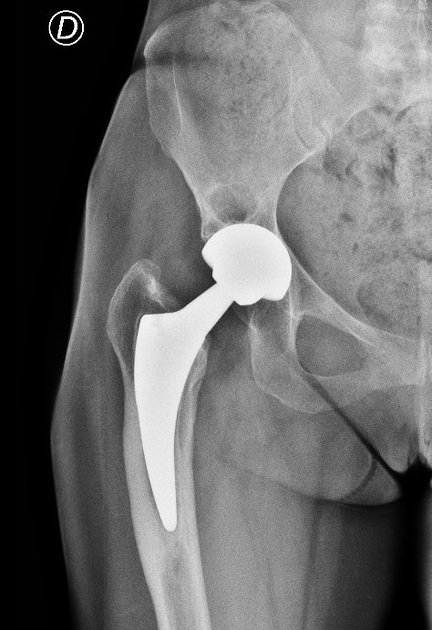Wolff's law summarises the dynamic nature of the 3D microarchitecture of bone. Mechanical forces (or the lack of them) dynamically alter the thickness of cortical bone and the thickness and orientation of trabeculae.
Lack of sufficient mechanical loading (e.g. bed rest) results in resorption and thinning of trabeculae while increased mechanical stress (e.g. physical exercise) facilitates bone formation along the lines of stress. This adaptive mechanism is a safeguard against overuse injuries such as stress fractures.
Bone strength and bone mineral density after a prosthesis is placed often decrease. This is due to protection from stress or load transfer from the bone to the prosthesis.
This trabecular bone formation along lines of stress is best seen on imaging in the femoral shaft and calcaneus 1.
History and etymology
It is named after Julius Wolff (1836-1902), a German anatomist and surgeon 2.





 Unable to process the form. Check for errors and try again.
Unable to process the form. Check for errors and try again.